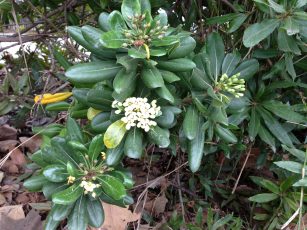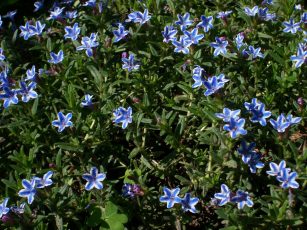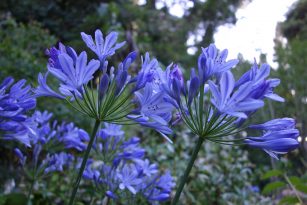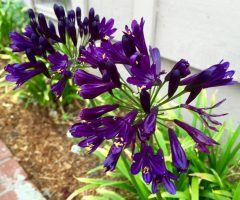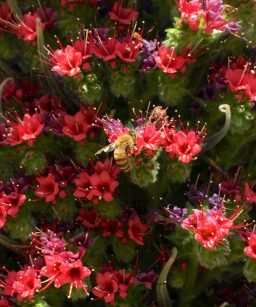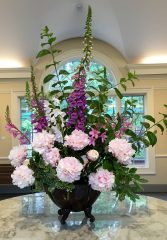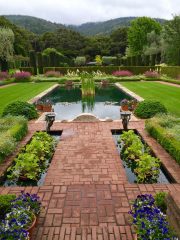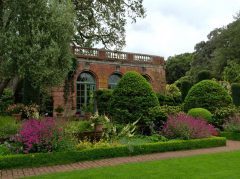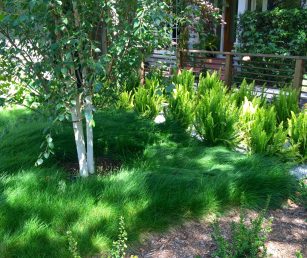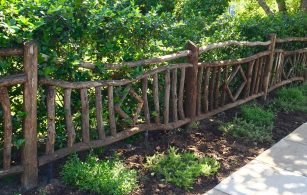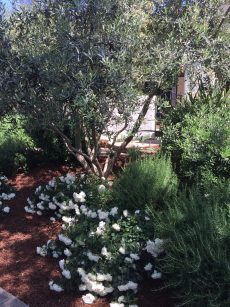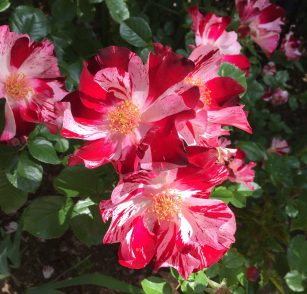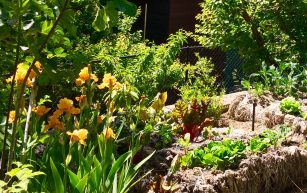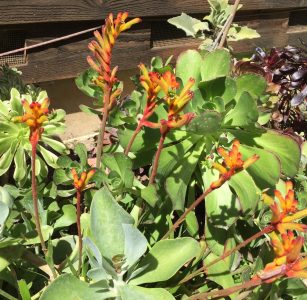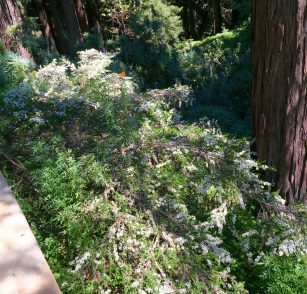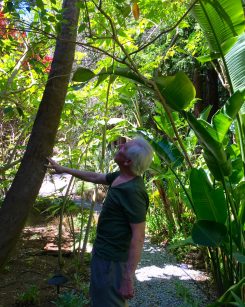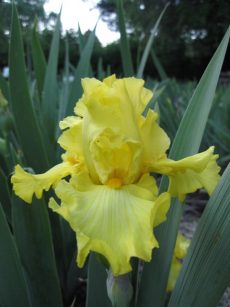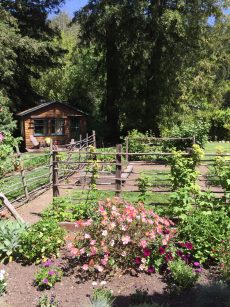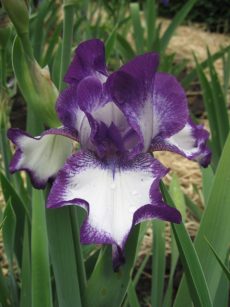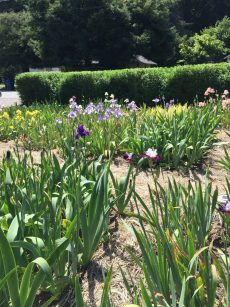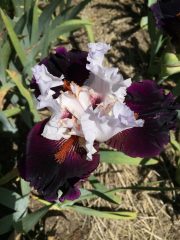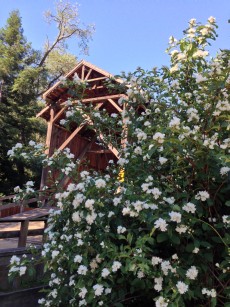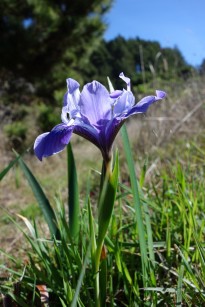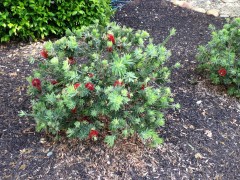A groundcover is defined as any plant that grows over an area of ground. They are usually low-growing, spreading plants that help stop weeds from growing and prevent moisture loss. We gardener know that they do so much more in the landscape. Living ground covers add beauty to the garden filling in between plants while holding the soil in place and preventing erosion. They contribute to soil health by encouraging microorganisms. A garden wouldn?t thrive as well without ground covers.
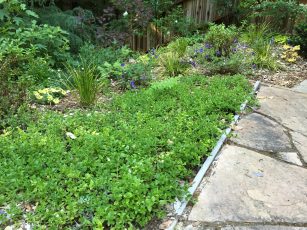
With this in mind I encourage many kinds of ground covers in my landscape. It?s a difficult place to find the best ones because of the lack of winter sun and only 5 hours of good summer sun. Still I?ve found a choice one that I?d like to share. It?s tough and reliable in many situations including hot summer gardens. If it will grow in my yard it will surely grow in yours.
Kurapia is ta deep rooted, low water use, low maintenance ground cover. It?s parent is in the Lippia genus and has naturalized worldwide. However, Kurapia has been bred to have sterile seeds and its growth habit is much more compact and tamed. Though it is sterile with respect to seed production, it does flower and is bee and butterfly friendly, blooming from May to October. This is a good groundcover if pollination of nearby fruit trees is needed or your want to encourage bees in your garden for general pollination. If bees are an issue for someone in your family Kurapia can be mowed once or twice a month to cut the blooms off. Mowing benefits this groundcover making it grow denser which naturally surpasses weeds once it fills in.
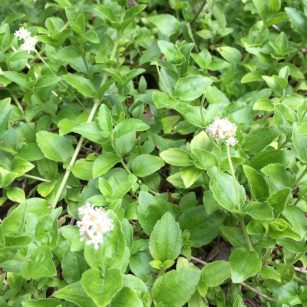
Kurapia has been extensively studied at UC Davis and UC Riverside comparing it with No Mow as well as other drought tolerant cool and warm season grasses. Kurapia exceeded them all going 52 days without water and still maintained its green color. An extensive root system that goes as deep as four feet and a dense 2? to 3? tall mat-like top is the secret. The California sod grower recommends more frequent irrigation but it still requires just 60% of the water of a traditional lawn.
Kurapia does not require much fertilization either. One time in the spring for growth and flowering and once in the fall to keep the green color through the winter is sufficient. Mine looks great year round and I have to confess I?ve never fertilized it. Kurapia is evergreen and does not have a dormant period though growth stops or slows does in the winter. It spreads and self repairs by stolons. This groundcover grows in sun to partial shade requiring only three hours of sunlight. However it tends to stay more compact in full sun.
Kurapia will handle light to moderate foot traffic. It cannot take consistent high traffic though it is very walkable. My dog Sherman finds it great for his morning constitutional and I?ve never seen yellow spots as a traditional lawn will get.
Kurapia is hardy to 20 degrees though in tests it has survived temperatures as low as 12 degrees. It?s deep root system is unparalleled for erosion on slopes. Did I mention it takes 60% less water and how much you mow is up to you? Like I said, if it will grow in my garden under less than ideal conditions it will grow in yours.

